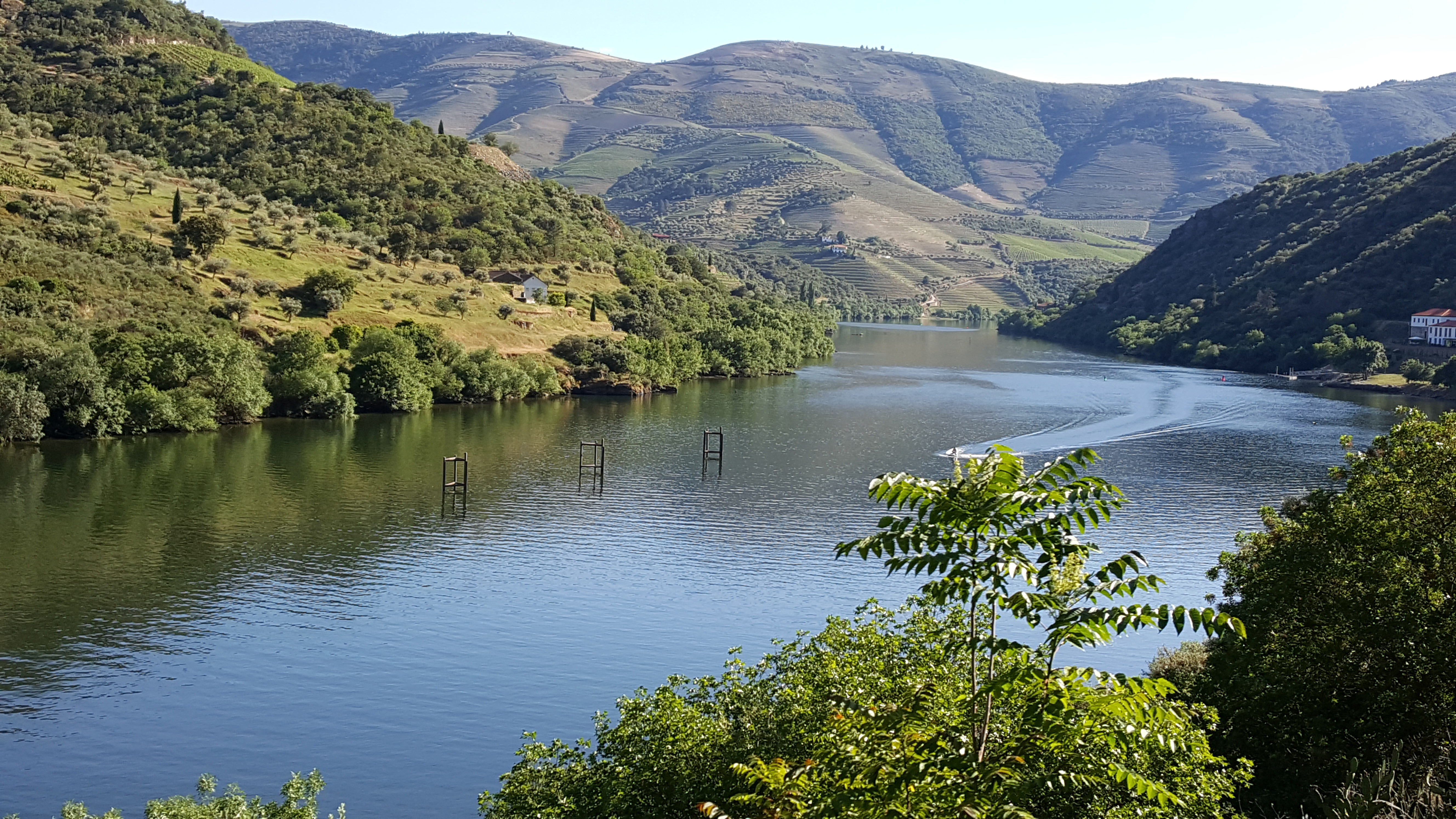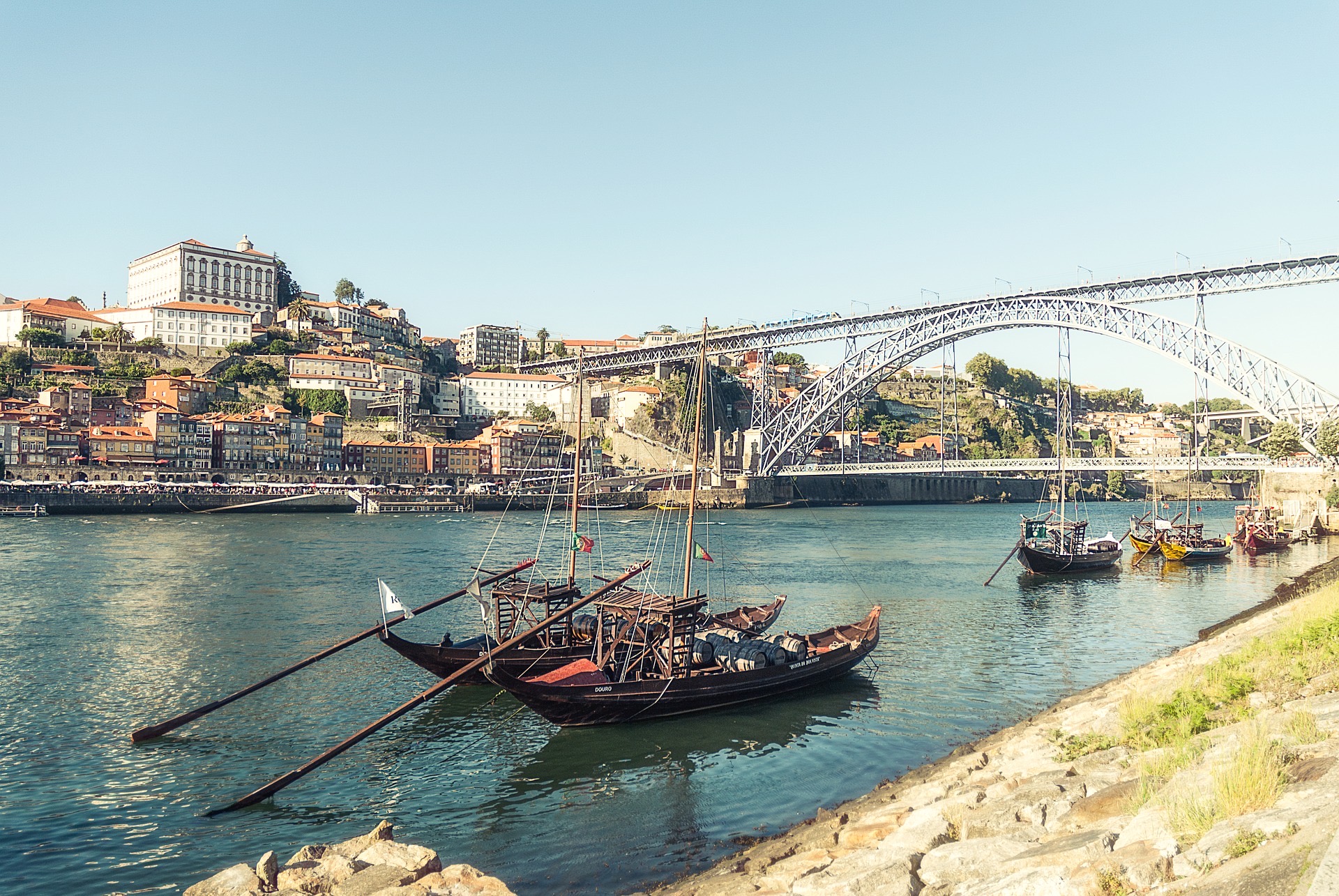 I was invited to speak on a river criuse along the river Douro on board the magnificent MS Gil Eanes this year my topic was the Portuguese empire and its chocolate links.
I was invited to speak on a river criuse along the river Douro on board the magnificent MS Gil Eanes this year my topic was the Portuguese empire and its chocolate links.
Although Portuguese history isn't my specialty, my passion for chocolate was ignited during chocolate safaris to the captivating islands of Sao Tome and Principe, former Portuguese colonies.
Inspired by these experiences, I can't wait to unveil the chocolate secrets hidden in Portugal's storied past
Our journey begins in Porto, a city steeped in rich history dating back to the 1st century BC. Under Roman rule, it was known as Cale or Portus Cale, the origin of the name "Portugal." Over the centuries, Porto witnessed the rise and fall of different rulers, from the Suebi people to the Visigoths and the Moors. But it was Count Vímara Peres who forged a Christian identity, laying the foundation for the birth of Portugal as a nation.
In the late 14th century, an alliance was born that still stands strong today - the Treaty of Windsor - a military alliance between England and Portugal, cemented by the marriage of King John I and Philippa of Lancaster.

The Douro River played a pivotal role in Porto's development, nurturing its shipbuilding industry and becoming the starting point for expeditions during the Portuguese Age of Discovery. Henry the Navigator's voyages led to the discovery of Madeira and the Azores, marking a new era of exploration.
The people of Porto, affectionately called "tripeiros," had their fair share of challenges. With the finest cuts of meat reserved for sailors, they became resourceful and developed a taste for tripe, earning their amusing nickname.
Wine also played a crucial role in Porto's growth, with the Douro Valley's vineyards producing exquisite wines transported downriver on "barcos rebelos." The Methuen Treaty further solidified trade relations between England and Portugal, making Port wine a prized commodity.
The 18th and 19th centuries brought both prosperity and strife, with Napoleonic invasions and the construction of iconic bridges like Ponte Dom Luís. This turbulent era culminated in the declaration of the Portuguese Republic in 1910, shaping the nation's future.
 The Ponte das Barcas bridge was the first of many to cross the Douro River in Porto, linking north and south banks. After its collapse, it was replaced in 1843 by the suspended bridge Ponte Dona Maria II, the supporting pillars of which can still be seen to this day alongside the Ponte Dom Luís. The first iron bridge was also inaugurated in 1843. A railway bridge, called Ponte Dona Maria which stands to this day, it was designed by Gustave Eifel and was considered a feat of engineering at the time. The more famous Ponte Dom Luís, an icon today for the city of Porto, was opened to the public in 1886, and was designed by Teophile Seyrig, a former partner of Eifel.
The Ponte das Barcas bridge was the first of many to cross the Douro River in Porto, linking north and south banks. After its collapse, it was replaced in 1843 by the suspended bridge Ponte Dona Maria II, the supporting pillars of which can still be seen to this day alongside the Ponte Dom Luís. The first iron bridge was also inaugurated in 1843. A railway bridge, called Ponte Dona Maria which stands to this day, it was designed by Gustave Eifel and was considered a feat of engineering at the time. The more famous Ponte Dom Luís, an icon today for the city of Porto, was opened to the public in 1886, and was designed by Teophile Seyrig, a former partner of Eifel.
At the end of the 19th century, in 1891 unrest by Republicans led to a revolt in the city, a key event in the history of Porto and Portugal that would eventually culminate in the declaration and creation of the Portuguese Republic in 1910.
But amidst the historical tumult, let's not forget the tantalizing link between Portugal and chocolate. Our journey to Sao Tome and Principe revealed the island's cocoa heritage and its connection to Portuguese colonial history.
As we sail along the Douro River and explore the wonders of Porto, let the flavours of chocolate and the echoes of the past transport you to an enchanting realm. Celebrate the fusion of cultures, the spirit of discovery, and the allure of chocolate that still bewitches us to this day.
Join me as we embrace the legacy of the Portuguese empire and its sweet chocolate links, savouring the taste of adventure and history on this mesmerizing river cruise. Set sail, fellow travelers, and let the journey begin!
